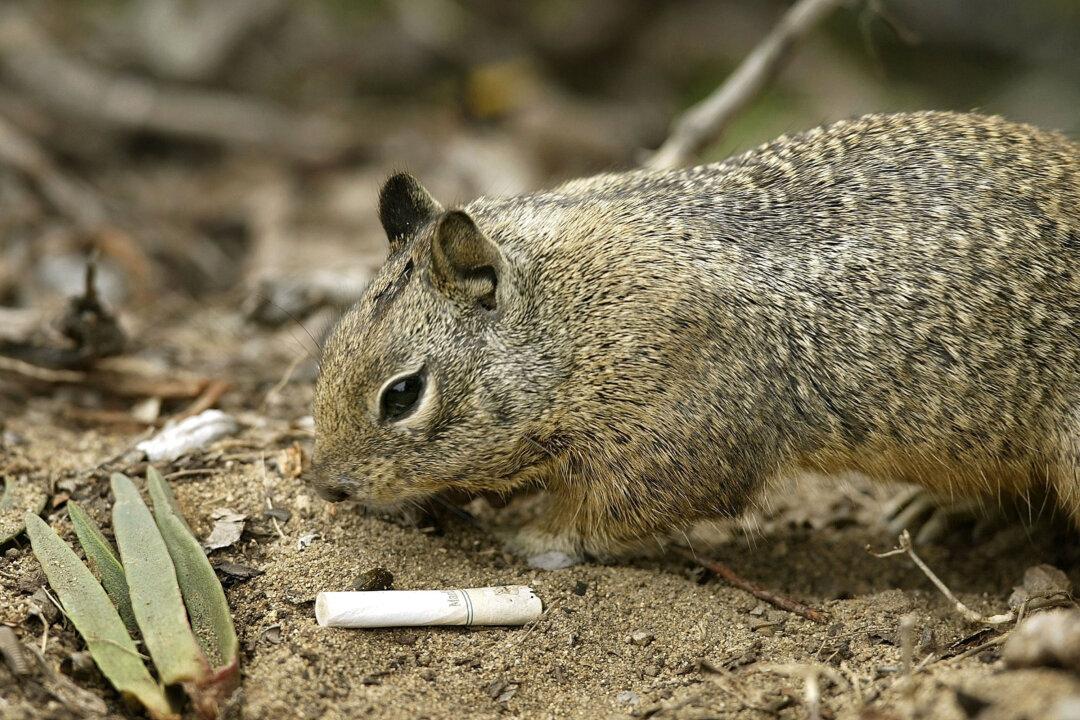A squirrel tested positive for the bubonic plague in Colorado, said officials.
The squirrel has the first case of the plague, known as the Black Death in the Middle Ages, and it was discovered in the Town of Morrison in Jefferson County, located 17 miles southwest of Denver.





